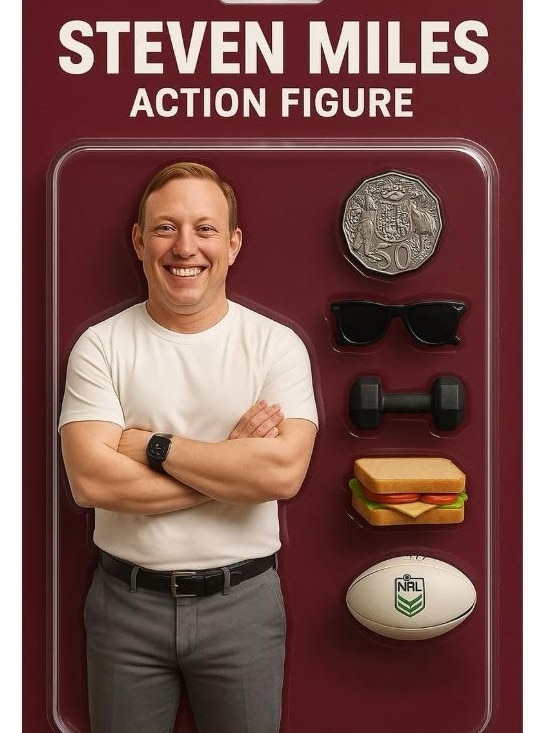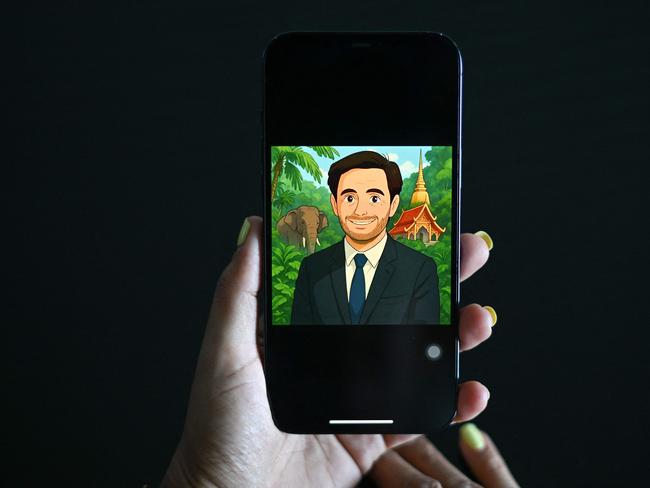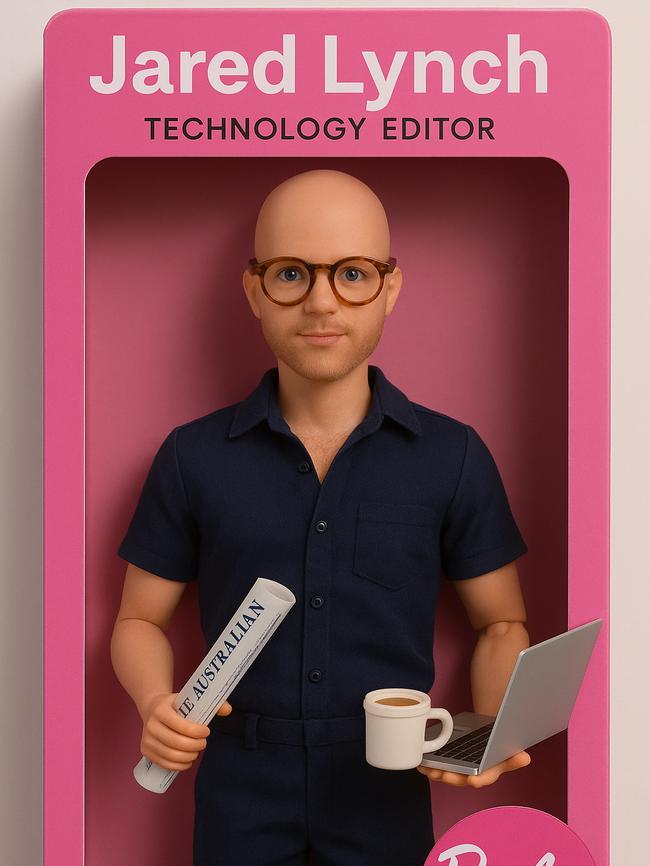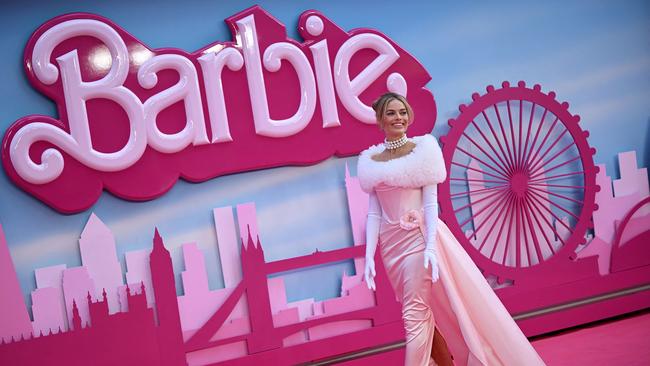How to turn yourself into an AI Barbie – but there’s an ugly side
Artificial intelligence promised to boost productivity – instead people are turning themselves into renderings of Barbie dolls, action figures and Studio Ghibli-like characters. But there is a dark side to the fun.
As companies struggle to make the leap from pilot artificial intelligence projects to full scale production to boost flatlining productivity, Australians have embraced another use of the technology.
A new trend has ignited across social media – even on professional platforms like LinkedIn – in which people are turning themselves into renderings of Barbie dolls and toy-like action figures.
This is thanks to a new feature of OpenAI’s ChatGPT which allows people – via a few verbal prompts – to create toy-like versions of themselves. Queensland’s former premier, now opposition leader Steven Miles, has even got into the act, creating his own AI-generated action figure, complete with NRL football and tight T-shirt.
But it’s not just transforming our likeness into dolls. People are also using AI to create AI-generated images of themselves, friends and even pets, emulating anything from the The Simpsons to Disney characters.

ChatGPT even launched a new picture generator that can turn any photo into a Studio Ghibli-type drawing, much to the chagrin of the studio’s co-founder Hayao Miyazaki, who has publicly criticised AI-generated art.
“I strongly feel that this is an insult to life itself,” Miyazaki said in video in 2016, which has also resurfaced online.
Turning yourself into a AI-generated Barbie image is not an instantaneous process. After uploading a photo of yourself and writing the prompts, in which you can select your dress and preferred accessories, it can take more than five minutes.
Why so long? AI is compute intensive. Those photorealistic renderings are the result of sophisticated algorithms.
And here’s the rub. While it is fun to see what you look like as Barbie, Ken or G.I. Joe, AI can be a dirty business.

The data centres that power the technology require copious amounts of energy, so much so that big technology companies are even looking to nuclear power.
Amazon, Google and Microsoft are betting billions of dollars that nuclear energy can help not just power the AI boom but make it more environmentally friendly, slashing greenhouse emissions.
Microsoft will even restart Three Mile Island – the site of America’s worst nuclear power accident – in a deal with Constellation Energy, which will spend about $US1.6bn restoring its undamaged reactor.

“We seek to enable a decarbonised grid for our company, our customers, and the world,” Microsoft vice-president of energy Bobby Hollis said.
“It’s part of our commitment to support a more sustainable future and become a carbon negative company. We’re dedicating significant resources to advancing this goal and adding carbon-free electricity and capacity in the grids where we operate.”
Opposition leader Peter Dutton has also vowed to build nuclear power plants if elected, while Anthony Albanese is doubling down on renewables, promising to deliver $4000 taxpayer-funded grants to households to help pay for battery storage.
AirTrunk founder and chief executive Robin Khuda also believes solar, wind and battery storage is a better option than nuclear power.
But a bigger problem is that while AI has surged in popularity – with ChatGPT amassing one million users within five days of its launch in late 2022 – it is yet to deliver on its productivity-boosting promises.
Many companies are yet to adopt AI at scale – which is needed to realise the much-touted productivity gains, including the federal government’s forecast that it will inject up to $600bn a year into Australia’s economy by 2030.

Microsoft executive Scott Guthrie told The Australian last year that many companies were struggling to make the leap from pilot study to production.
“What we’re seeing is a lot of organisations are able to put together a proof of concept or a demo that has them very excited,” Mr Guthrie said.
“In other words they can show ‘gosh if we could make this scenario work, we could drive better customer support, or we could drive better insights into the data sets that we already have, or we could enable better self serve inside the organisation, around business processes’.
“And then the question is, you’re a bank, hospital, or you’re in any industry for that matter, how do you go from a demo concept, or a proof of concept?”
This raises the question, what is everyone doing with all that AI that the technology needs nuclear energy?
It seems we can’t get enough of Barbie – or at least turning ourselves into a rendering of one.






To join the conversation, please log in. Don't have an account? Register
Join the conversation, you are commenting as Logout